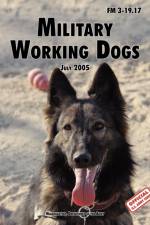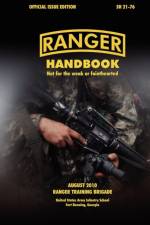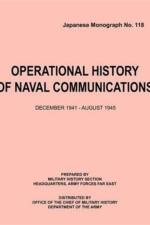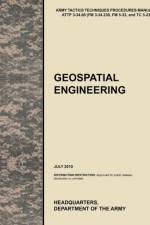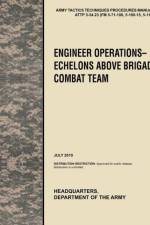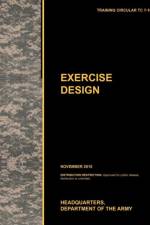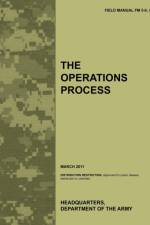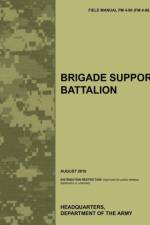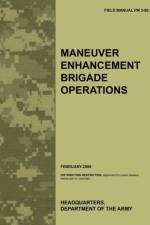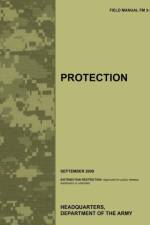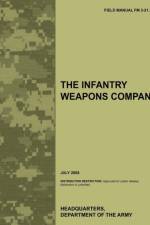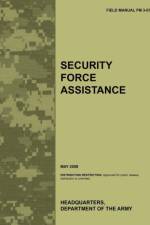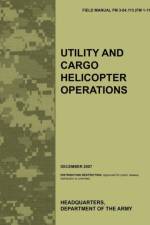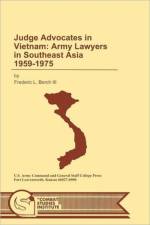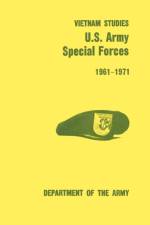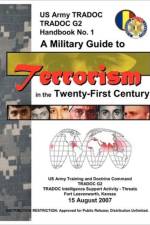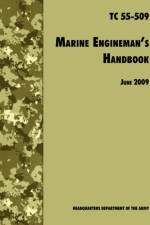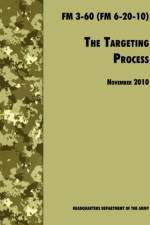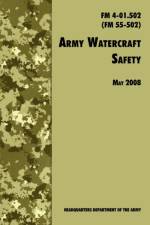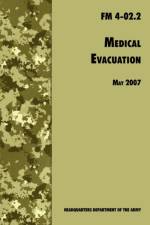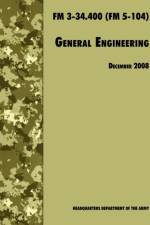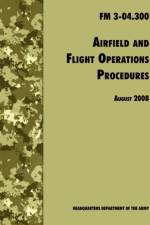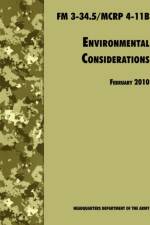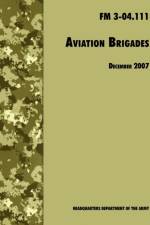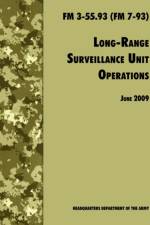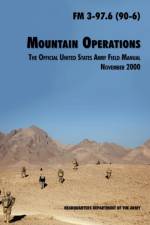- The Official U.S. Army Ranger Handbook SH21-76, Revised August 2010
av Ranger Training Brigade, U.S. Department of the Army & U.S. Army Infantry School
257
This is a larger format reference, desk copy edition of the bestselling pocket edition. New, fully revised 2010 edition of the official issue United States Army Ranger Handbook. The chapters are structured as follows (subjects in brackets are just examples of some of the many issues and lessons covered in the chapters) : Leadership; Operations; Fire Support (including risk estimate distances, close air support, close combat attack aviation etc.) ; Communications (military radios, antennas etc.); Demolitions (explosives, detonations, safe distances etc.) ; Movement (formations, fundamentals, tactical marches, movement during limited visibility, danger areas etc.) ; Patrols (reconnaissance, security, ambushes, debriefs etc.) ; Battle Drills (react to visual, IED, or direct contact; how to enter and clear a room, entering trenches, reacting to indirect fire etc.) ; Mountain Engineering (training, organization, rescue equipment, anchors, knots, belays, climbing commands etc.) ; Machine Gun Employment (specifications, classes, offensive and defensive use, control, ammunition planning etc.) ; Convoy Operations (planning, truck movements) ; Urban Operations (perspectives, organization, principles, rehearsals, close quarters combat etc.) ; Waterborne Operations (rope bridge, poncho watercraft etc.) ; Evasion / Survival (escape, camouflage, survival kits, navigation, traps and snares, shelters, fires etc.) ; Aviation (pickup and landing zones, air assault formations, attack helicopters, utility helicopters etc.) ; First Aid (lifesaving measures, care under fire, breathing, bleeding, shock, abdominal injuries, burns, poisonous plant identification, foot care, litter, hydration, medevac etc.). Appendices detail resources and quick reference cards. Extensive glossary and index included. Illustrated throughout.

